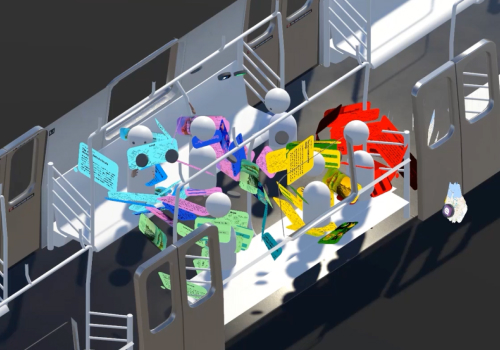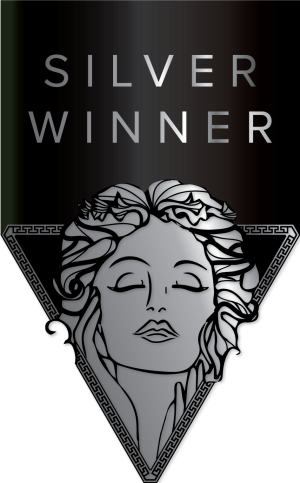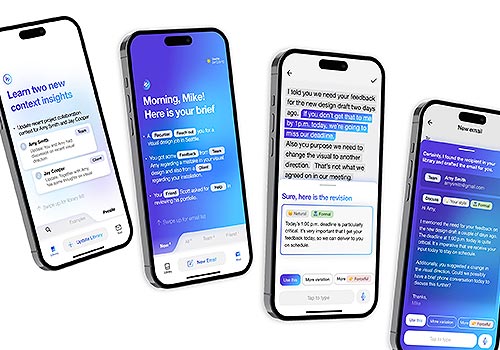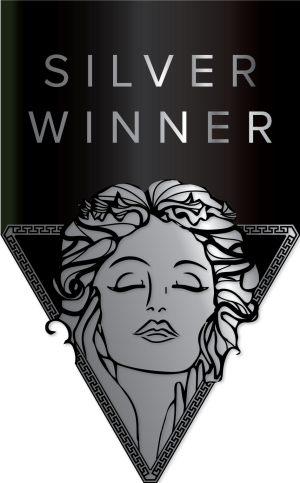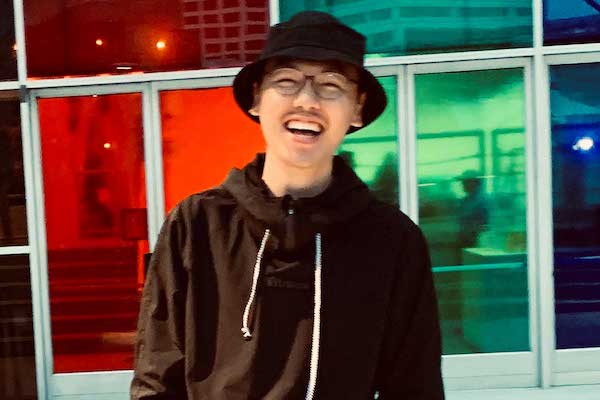
Interview
Ruoyong Hong
Bosch, China
Ruoyong (Eli) Hong is an interaction designer and prototyper with a specialization in emerging technologies. He currently holds a position at Bosch as a Senior Interaction Designer and serves as an acting Design Lead. Hong's primary responsibility is to incorporate advanced technology into daily life to improve user experiences.
1 Please give us a brief bio of yourself and your creative background.
My name is Ruoyong (Eli) Hong. I'm an interaction designer and prototyper specializing in emerging technologies. Currently, I'm in Bosch, working as a Senior Interaction Designer and acting Design Lead. My main role involves integrating cutting-edge technology into everyday life to enhance people's experiences. I have the opportunity to lead design projects alongside scientists in the R&D department, exploring areas like AI, AR, and autonomous mobility. Our creative efforts have made significant impacts on the business and contributed original ideas to the industry, evidenced by various patents. Notable projects include developing new Human-Machine Interface (HMI) methods for advanced AI driving assistance systems and AI-powered sensor technology for detecting freshness in products, both of which are now being applied in real-world scenarios. My journey in design, which now results in various recognitions and awards, began with a background in urban planning and spatial design and later evolved into interaction design through further study and practice in Los Angeles.
2 What made you become/why did you choose to become a creative?
Back when I was a student around 2010, I was majoring in urban planning engineering. But what really caught my interest was how people are drawn to and interact with spaces. I was fascinated by how they communicate and engage with their surroundings physically with different body gestures. I realized that while the technology for building and construction is important, it's the creative arrangement of space that truly inspires people. I also remember being captivated by the emergence of Apple products and their beautifully interactive design. It made me see that creativity isn't limited to the physical world, the digital realm holds even more possibilities with new technologies. There's a quote I love: 'It
3 Tell us more about your business/company, job profile, and what you do.
I work at Bosch, a leading global technology company known for products in mobility, consumer goods, and manufacturing. As a Senior Interaction Designer and acting Design Lead in the central design department, my role is to transform new technologies developed by researchers and scientists into products that improve society and people's lives. My team is small but dynamic, consisting of interaction and industrial designers, researchers, and prototypers. We focus on designing new products and services using emerging technologies like AI, autonomous technology, and AR. Some notable projects include next-generation Human-Machine Interface (HMI) guidelines for autonomous driving assistance and AI-enhanced interface patterns for smart homes. I also act as a bridge between the design and engineering/research departments, analyzing data and building programming prototypes to test our designs. Additionally, in a company primarily driven by engineering, I take on the role of a design evangelist, teaching and coaching my colleagues to further their understanding of design principles.
4 What does “creativity” mean to you?
Creativity is all about learning and experimenting. Learning gives me a complete understanding of a subject, both what it is now and what it could be in the future. Experimenting allows me to explore and repeatedly push beyond both physical and mental limits. For me, creativity is really this blend of gaining knowledge and then applying it in new and unexplored ways.
5 To you, what makes a “creative” idea and/or design?
To me, a creative idea or design is something that truly inspires people. It could inspire just you or a wide audience, but the key is that it should evoke new thoughts, feelings, or discussions. It doesn't matter what form it takes or what process or method is used to create it. It's about taking risks, exploring possibilities, and applying logical thinking. That's the essence of creativity for me.
6 Tell us about your creative and/or design process.
Usually, I'd mention design thinking or the double diamond process, but the truth is, design isn't always so straightforward. However, it always begins with a deep understanding of the target audience - knowing who will use your design and how it will benefit them. This step is all about learning, or in other words, identifying the right problem. Next comes the phase of experimentation, where I create numerous draft ideas and continuously refine them based on feedback. This iterative process helps evolve my initial thoughts into a successful outcome and is crucial for fostering creativity. In addition to these internal steps, an essential part of my process is collaboration. I exchange ideas with people from diverse backgrounds, like engineers, researchers, sales professionals, and even people I randomly meet. Their novel ideas and unique perspectives often inspire me with thoughts I'd never considered before, adding more variety and depth to my drafts.
7 What's your favorite part of the creative process and why?
I really enjoy the part where I get to try out my ideas, especially when it comes to making prototypes and testing them. It's the time when I can take everything I've thought about and start turning it into something real. If something doesn't work, I learn from it and push my ideas further. It's such an exciting experience to dive deep into an idea and keep tweaking and improving it over and over. It's like each step brings me closer to what I'm imagining.
8 Describe your creative style and its main characteristics.
I appreciate simplicity and instructiveness. It's truly rewarding to see my creative ideas serve as inspiration for others who are working on similar topics.
9 Can you explain a bit about the winning work you entered into the 2023 MUSE Creative Awards, and why you chose to enter this project?
Wel AI represents my endeavor to integrate AI seamlessly into everyday communication, striking a balance between personal and public spheres. The project is showcased as an email application that assists users in managing their daily messages and cultivating a personal network library from conversations. Its distinctiveness lies in the interactive design, which methodically enhances users
10 What was the biggest challenge with this project?
The most significant challenge in this project has been understanding human communication preferences. Our aim was to identify the 'sweet spot' where general users most appreciate assistance in their personal daily communications. This challenge is compounded by the dynamic nature of this 'sweet spot,' which evolves as users become more accustomed to interacting with AI, and as their communication contexts vary. To address this, we incorporated a personal communication library into our Wel AI project. This feature is crucial not only for enhancing AI
11 What are your top three (3) favorite things about our industry?
Inclusiveness, exploration, and creation.
12 Where do you see the evolution of creative industry going over the next 5-10 years?
I've been thinking a lot about where creativity is going with technology development, especially in the next 5 to 10 years. Everyone talks about technology and how it's changing things, but I want to look at who will be making cool stuff in the future. I think the biggest change is that soon, anyone can be a creator, not just the people who went to school for it. It's like how these days, anyone with a phone can share news, not just big news companies. In the same way, I believe more people will be able to share their creative ideas, no matter their skills or what they have. It's really exciting to think about everyone being able to make and share their own art and ideas.
13 If you were a student entering this industry or an aspiring MUSE Creative Awards submitter, what advice would you give them?
Thinking through making.
14 Who has inspired you in your life and why?
It's every single person I have met during my life journey. I can discover so many different points of view and learn different but interesting, maybe even conflicting, understandings of our world. The beautiful variety becomes a valuable library for my design ideas and keeps evolving as my journey continues.
